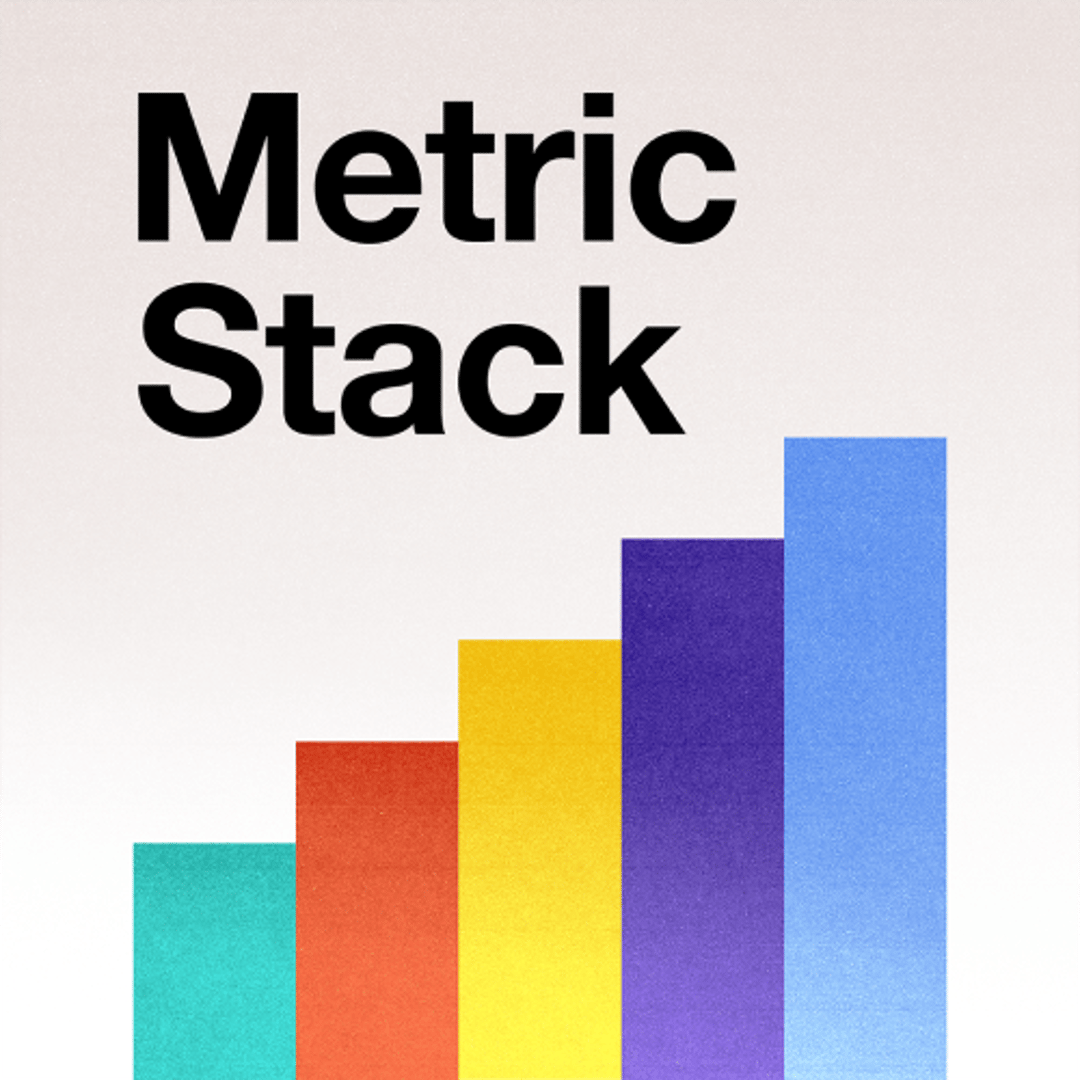Email Reply Rate
Last updated: Mar 17, 2025
What is Email Reply Rate?
Email Reply Rate measures the percentage of sent emails that generate a reply. This metric is crucial for assessing the effectiveness of email marketing campaigns, customer engagement, or team communication efforts. Higher reply rates typically signify that the content of the email is resonating with the audience, prompting them to engage in the conversation. However, it's important to keep in mind that various factors can influence Email Reply Rate, including the quality of the email content, the subject line, and the relevance to the recipient.
Email Reply Rate Formula
How to calculate Email Reply Rate
Suppose you're managing an email campaign where you sent out 500 emails. From these, you received 75 replies. Email Reply Rate (%) = (75 / 500) * 100 This calculation gives you an Email Reply Rate of 15%. This indicates that 15% of the emails sent in your campaign elicited a reply.
Start tracking your Email Reply Rate data
Use Klipfolio PowerMetrics, our free analytics tool, to monitor your data.
Get PowerMetrics FreeWhat is a good Email Reply Rate benchmark?
The benchmark for a good Email Reply Rate can vary widely depending on industry, target audience, and the nature of the email being sent. However, a general rule of thumb in email marketing suggests that a response rate of around 10-15% is considered good. Remember, a higher reply rate may indicate that your emails are resonating with your audience, but it's also important to consider the quality of these replies. Ultimately, the goal shouldn't just be to increase the reply rate, but to foster meaningful interactions and build relationships with your audience.
More about Email Reply Rate
Recent privacy and spam legislation significantly impact the Email Reply Rate. Regulations such as the General Data Protection Regulation (GDPR) in the European Union and the CAN-SPAM Act in the United States stipulate strict rules for email communication. Businesses are required to obtain explicit consent from recipients before sending marketing emails. This means that email recipients are more likely to be interested and engaged in the content, potentially leading to higher Email Reply Rates.
However, these regulations also mean that any perceived spamming or unsolicited emails can result in heavy fines for companies, making it imperative that businesses ensure their email practices are compliant. Furthermore, these laws also empower email users to report unwanted emails as spam. A high number of spam reports can harm a company's sender reputation, leading to lower email deliverability rates, which subsequently could result in a decrease in Email Reply Rates. Thus, it's crucial that companies not only create engaging and pertinent email content but also respect the privacy and preferences of their audience to maintain a positive sender reputation and high Email Reply Rates.
There are several strategies you can employ to increase your Email Reply Rate.
- Tailor your emails to meet the needs and interests of each recipient. Use personalization tokens, like the recipient's first name, to make the email feel more personal and less like a mass message.
- The subject line is the first thing a recipient sees. Make it compelling and interesting to capture their attention and increase the chances of them opening the email.
- Make your point quickly and clearly. Long, rambling emails are likely to lose the reader's interest.
- Ensure that every email you send provides value to the recipient. This could be in the form of useful information, a special offer, or a solution to a problem they're facing.
- Make it clear what you want the recipient to do after reading your email. Do you want them to reply, click on a link, or download a resource? Be explicit about this in your CTA.
- Research has shown that emails sent at certain times of day, or on specific days of the week, have a higher open rate. Experiment with different send times to see what works best for your audience.
Remember, increasing your Email Reply Rate is not just about getting more people to reply to your emails. It's about building relationships with your recipients and providing them with value through your email communications.
